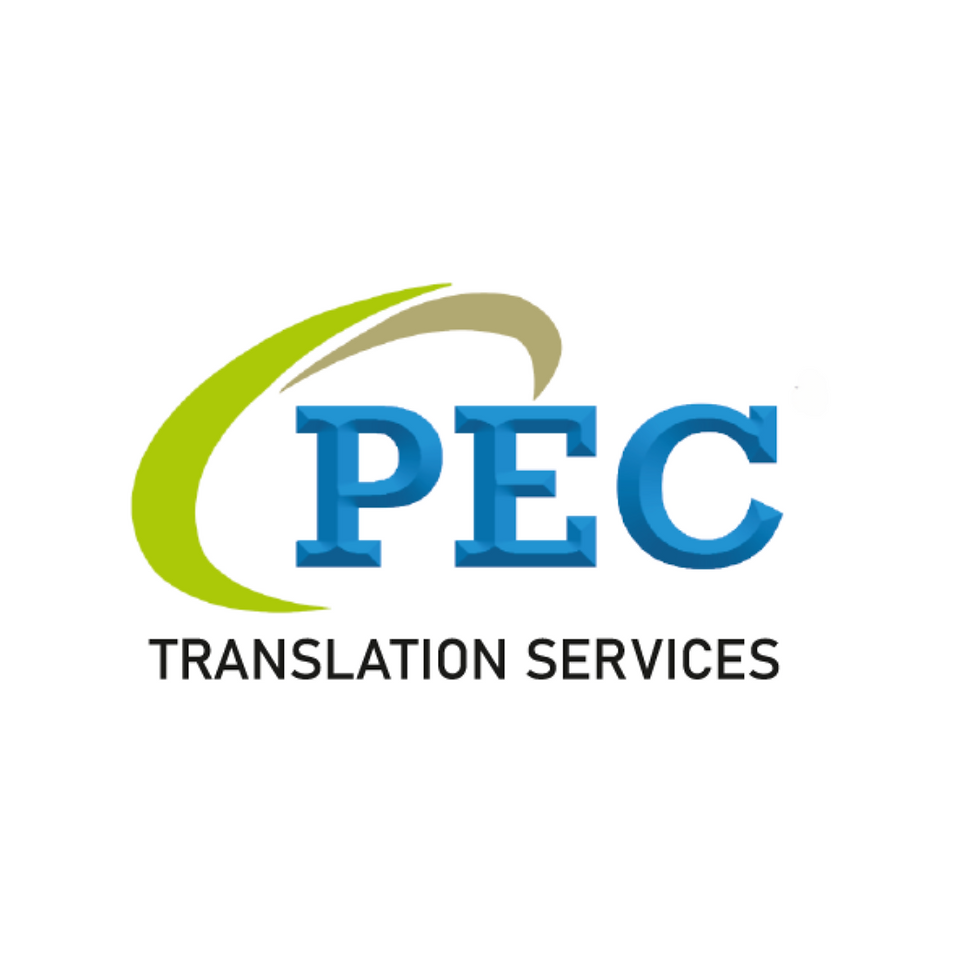Translation & Multilingual Digital Expansion in India - The Future of Online Content
- PEC Translation
- Jan 3, 2024
- 2 min read
Updated: Feb 5, 2024

"Explore the vital role of multilingual web content in India's booming digital landscape. Understand how adapting to regional languages can unlock business growth and connect with India's diverse internet users."
#DigitalIndia #multilingualcontent #Indianlanguages #weblocalization #onlineuserbehavior #regionallanguagesinbusiness #Indianinternettrends #digitalmarketexpansion #SEOinIndianlanguages #language_enabled_technology
As India's internet population surges, Translation & Multilingual Digital Expansion in India ,with a significant portion living in rural areas and speaking a variety of native languages, the need for web content in all Indian languages has become increasingly vital. With about 75% of India's population now online, businesses aiming to thrive in this market must embrace multilingualism. Major companies, including global tech giants, are prioritizing website localization in Indian languages, especially Hindi, to enhance their reach and connect with local users.
The growth of India's internet users, notably reaching 5.15 million by 2018, has highlighted the importance of multilingual websites. This growth, coupled with advancements in information technology, has made internet access widespread, encouraging users to prefer content in their native languages. Localization is becoming essential for businesses seeking to expand their digital presence in India.
Looking into the future trends of Indian language internet usage in 2021 and beyond, several key developments are anticipated. There will be a rise in user-generated content online, thanks to the availability of affordable smartphones that support Indian languages. Indian language internet users are expected to evolve rapidly from passive viewers to active online participants. Internet platforms are likely to transform into content aggregators, with a significant increase in time spent by Indian language users on these platforms. There will also be a growth in hyperlocal content consumption driven by content in Indian languages.
Localization offers numerous advantages for businesses. It enables companies to penetrate new markets, especially in areas where English is not the preferred language. This strategy gives businesses a competitive edge, helping them to connect culturally with their target audience. Localization is also cost-effective, allowing companies to expand globally without the heavy expenditure traditionally associated with such expansion.
In the realm of digital marketing, having a multilingual website is a powerful and cost-effective tool. Content in local languages resonates more with readers, who may ignore websites presented in unfamiliar languages. This approach not only enhances a business's ability to promote products in their target market but is also crucial for companies operating in linguistically diverse countries like India.
Furthermore, the advent of digitalization has made entering new markets more feasible. Digital platforms, including websites and mobile applications, are increasingly being adapted to local languages. This adaptation is crucial for connecting with a wider community, especially in remote areas where local language content is scarce.
The move towards a digitized India, with an estimated contribution of over 40% of new internet users globally in the next few years, highlights the importance of multilingual web content. Businesses that understand and adapt to this linguistic diversity will be better positioned to tap into the vast potential of India's online market. By providing content in regional languages, companies can offer a seamless, customer-centric experience, thereby enhancing their brand image and reaching a larger audience.
This revised version condenses the key points of the original blog into a cohesive narrative, focusing on the significance and advantages of multilingual content in the Indian digital landscape.



Comments